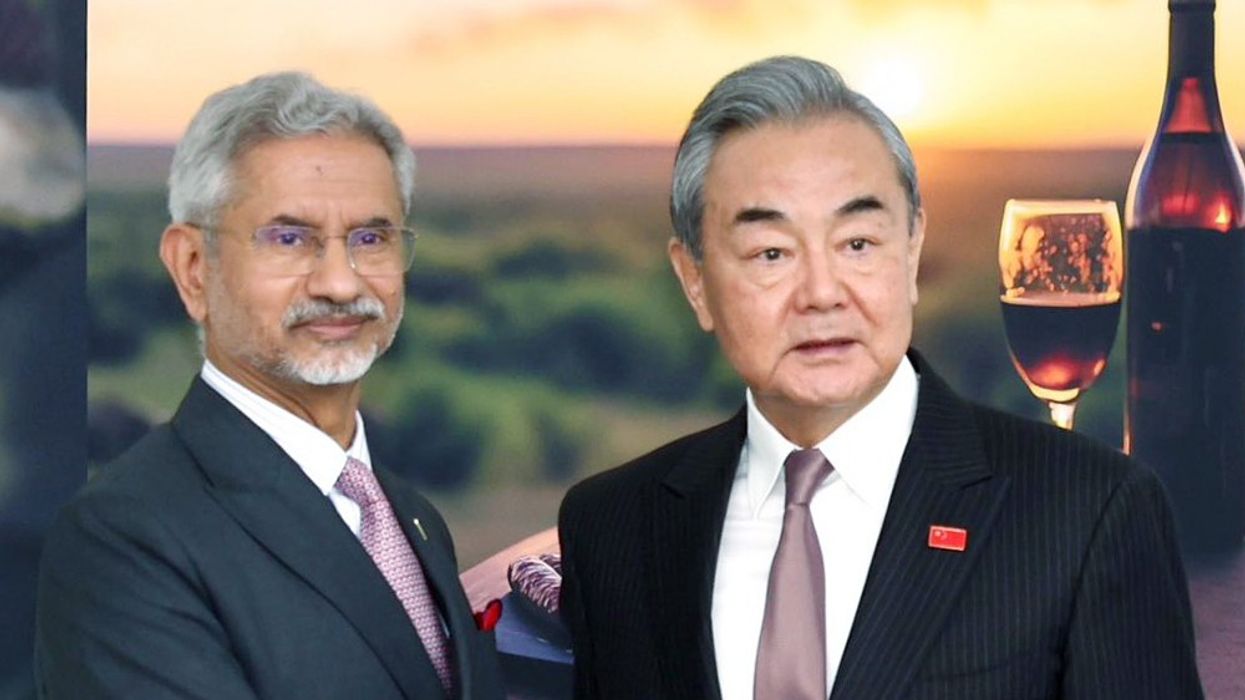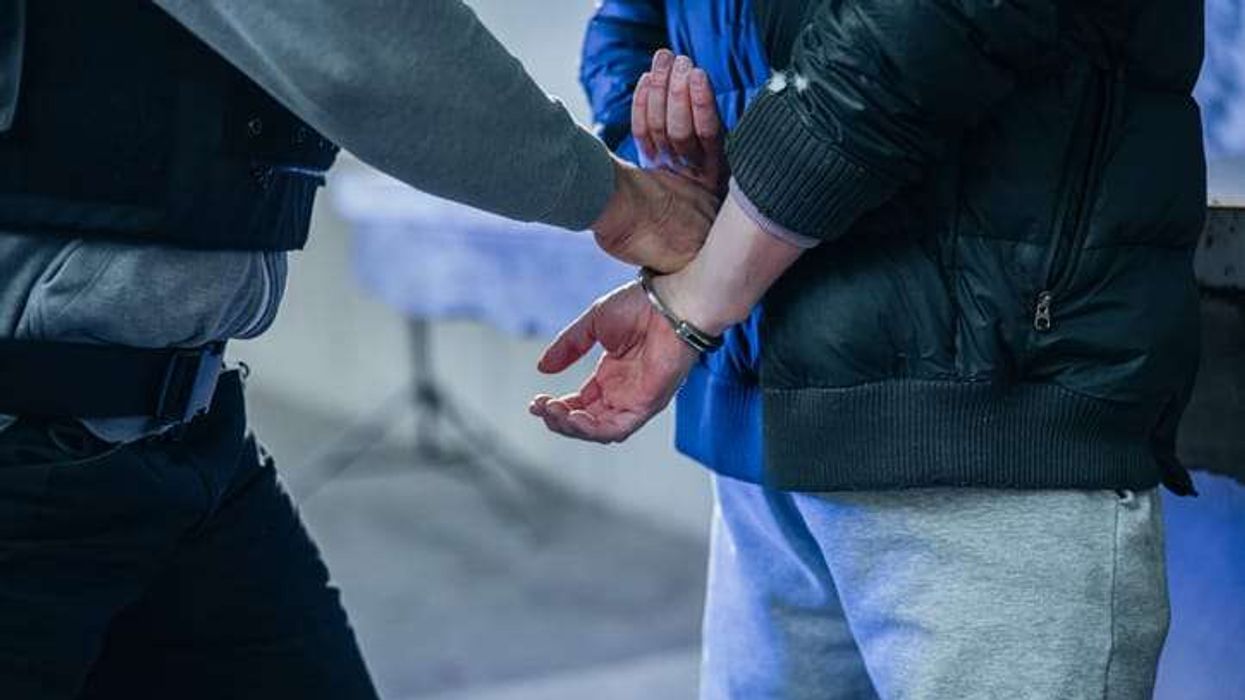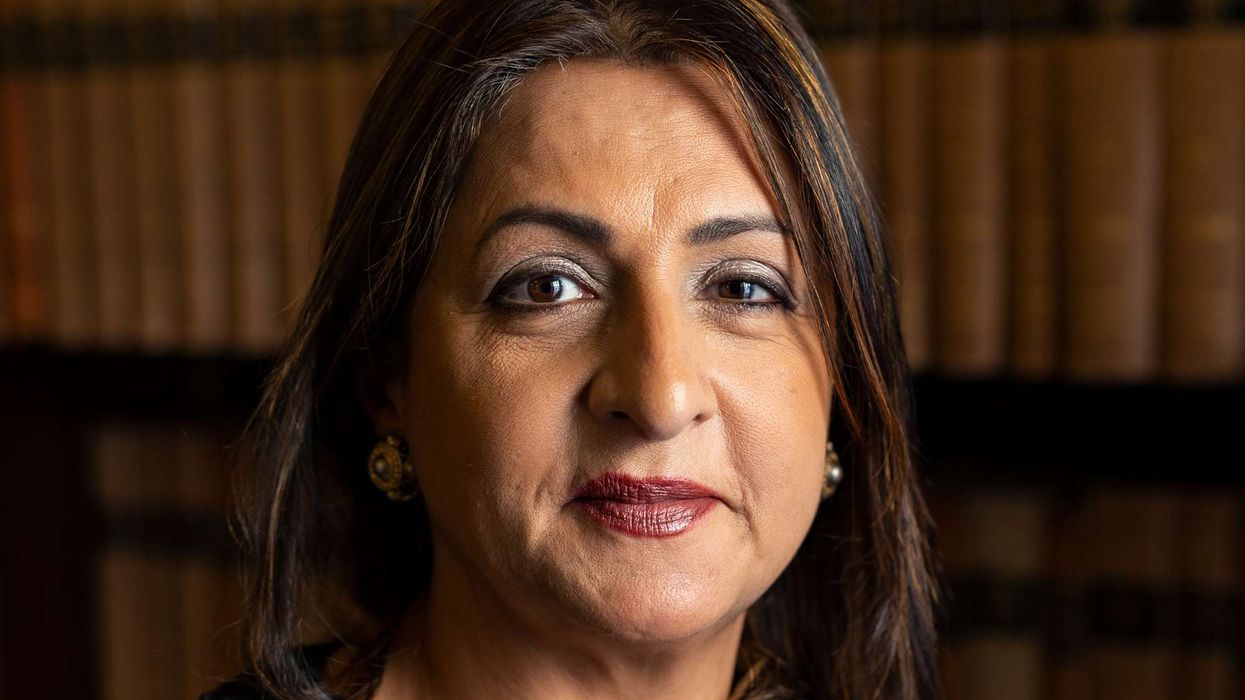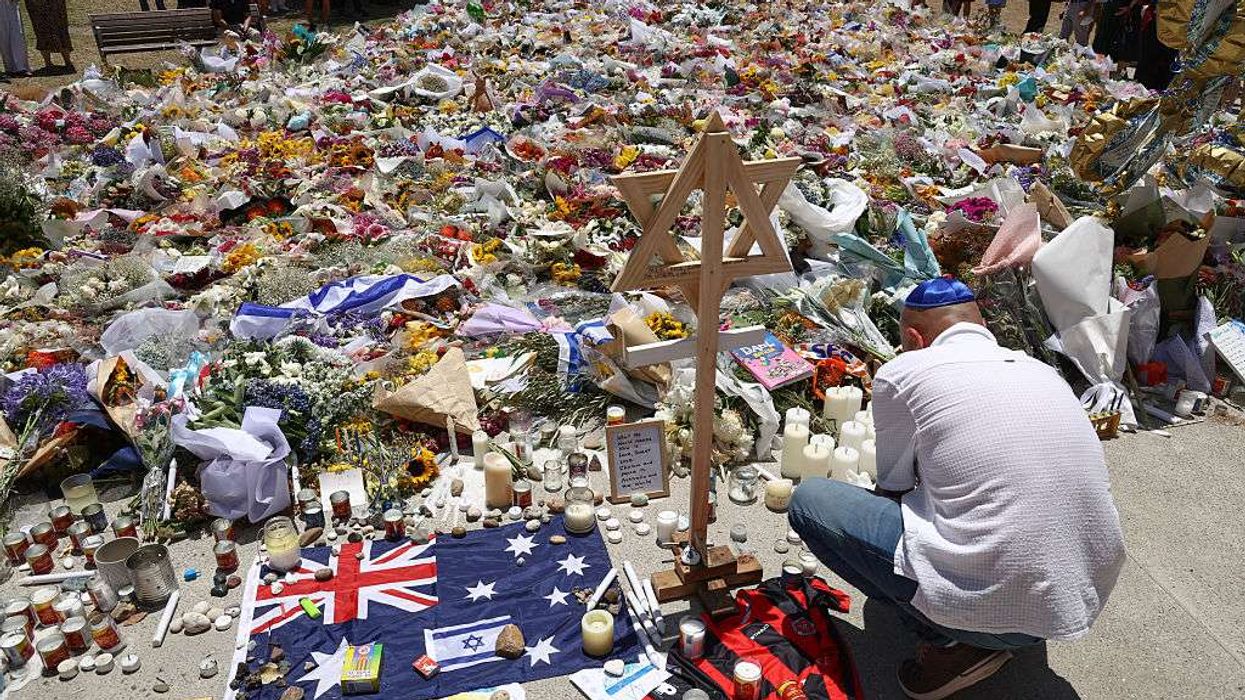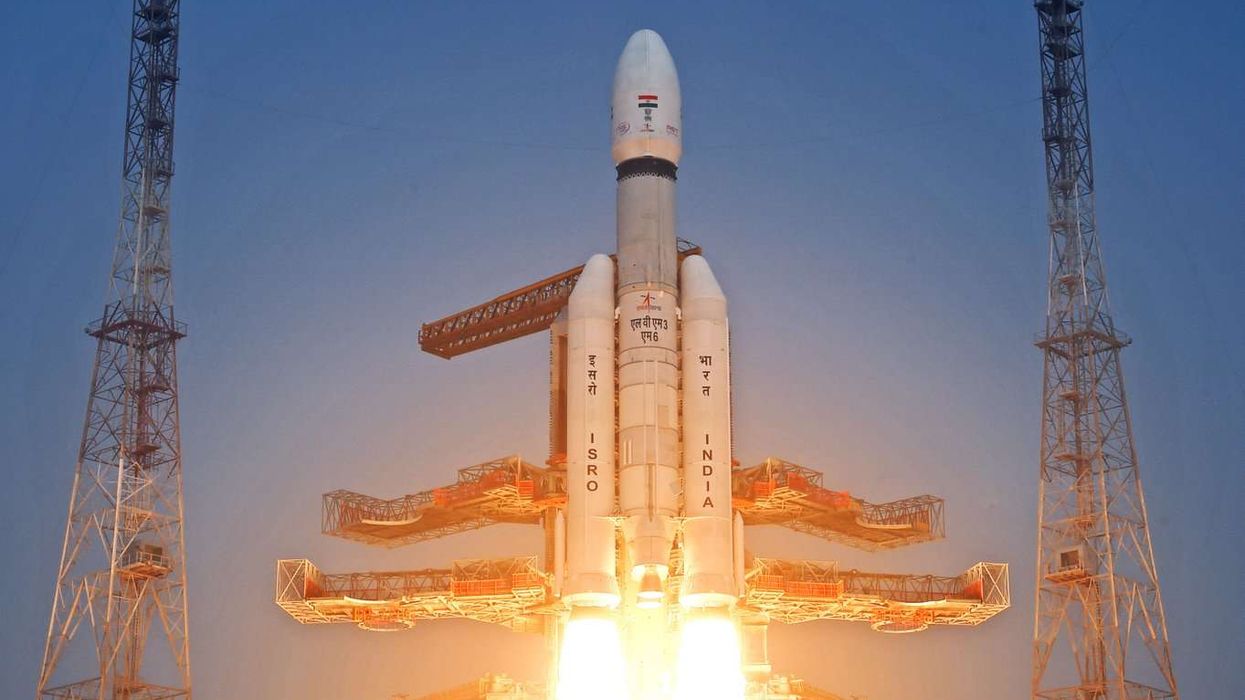INDIA today sees itself as a global power or, at least, a country with global interests, which is why Subrahmanyam Jaishankar has spoken of its equation with Russia, China and notably the Middle East.
India’s external affairs minister was in conversation last Wednesday (5) in London with Bronwen Maddox, director of the Royal Institute of International Affairs at Chatham House.
India generally refers to the Middle East as “West Asia” because the term denotes its civilisational and trade ties with this region. And these, as Jaishankar emphasised, are deep.
Following the attack on non doms by the Labour chancellor Rachel Reeves, many Indian (and other) investors are leaving the UK for Dubai. That India has extensive interests in the Gulf makes their transition easier. It is said that while political leadership remains with the Arabs, the management of the region has long been with the Indians.
Jaishankar said: “Obviously, we have significant interests, depending on how you define the Middle East. If you were to include the Gulf, we have more than 10 million Indians actually (resident there). Our exports to the Gulf alone would be close to $100 billion (£77.3bn).
“Our trade with the Mediterranean is close to $80bn-$85bn (£61.8bn-£65.7bn). The Mediterranean has almost half a million Indians living in the littoral states. If one looks at the economic footprint, whether it’s in the Mediterranean countries, whether it’s in the MENA (Middle East and North Africa) countries, whether it’s in the Gulf, there isn’t a country where there isn’t some kind of significant Indian project, business, (or) infrastructure activity.”
Jaishankar talked of the Gaza war: “We have a position which is very objective and balanced. We do condemn terrorism and hostage taking. We do believe that countries have a right to respond to that, but we also believe that humanitarian law should be observed in undertaking operations. We do think there’s an urgent need to get relief and rehabilitation done in Gaza, and we will remain a strong advocate for a twostate solution.”
There are Indian peacekeeping forces deployed by the UN in “both in Lebanon and in the Golan Heights. We have been engaging pretty much all the players – Israel, Egypt, Jordan, Lebanon, Saudi Arabia, the Gulf countries – but our sense right now is it’s largely the countries in the region and the United States who have the initiative. Our interests are there’s some kind of lasting solution.”
Asked about the lack of direct flights between India and China and allowing journalists in each other’s countries, he said the relationship depended on whether there was peace and tranquillity in the border areas. “If the border is unstable or is not peaceful, obviously, it will have consequences.”
He explained how the relationship was “badly disrupted” by “what China did along the line of actual control in 2020.
“In October 2024, we were able to resolve many of the urgent issues pertaining to that, what we call disengagement of groups who had been deployed. There was a meeting between prime minister (Narendra) Modi and president Xi (Jinping) in Kazan and I myself have met (Chinese) foreign minister Wang Yi. Our national security advisor visited China, and we are discussing with China some steps to see how the relationship can go in a more predictable and stable and positive direction.”
Jaishankar mentioned a positive step – “the resumption of pilgrimage to Mount Kailash, which is in Tibet. Hindu pilgrims have been going there for ages”.
“What kind of relationship do we want with China? We actually have, by any standard, a very unique relationship. First of all, we are the only two billion plus population countries in the world. Both of us have very long history. We’ve had the ups and downs in our history. You have today both countries on an upward trajectory.
“Now, when two countries of this size, this history, this complexity, this consequence, rise broadly in parallel, obviously they have an interplay with each other. The issue is, how do you create stable equilibriums? We want a stable relationship. But we want a relationship where our interests are respected, where our sensitivities are recognised, where it works for both of us. That has really been the challenge in the relationship.”
On the Ukraine-Russia war, “we have spoken our mind to both countries, both leaders,” he said. “Our view has been that they need to do direct negotiations.”
But India had twice acted as gobetween – when nuclear reactors and grain shipments were threatened. “Every time we’ve had a significant and useful conversation with either of them, we have taken the approval of (Russian) president (Vladimir) Putin to share this with the Ukrainians and president (Volodomyr) Zelensky to share it with the Russians. We haven’t done a peace plan. We don’t think that is appropriate. We have done whatever was the right thing to do in a helpful manner.”
In 80 countries in the global south, India had delivered “about 600 significant projects” in recent years, the minister revealed. “India’s position in a multi-polar world is helpful for the global south as well.”
And in its own region, when Sri Lanka faced a serious financial crisis, “we came forward with a package of more than $4bn (£3.09bn), which was almost twice the size of the IMF package”.
And with other countries in the region, “whether it’s Bangladesh, Nepal, even Myanmar”, there has been greater connectivity – “and by connectivity, I’m talking here of roads, waterways, electricity, grid connections, fuel supplies, movement of people. In the last 10 years on the ground, the real economy is experiencing a very, very profound kick.”
On human rights and the treatment of minorities, he said: “We have been, for political reasons, at the receiving end of expressions and sometimes even campaigns on human rights. We listen to it. We’re not perfect. Nobody is perfect. There can be situations which require redress and remedy. But I would argue that if one looks around the world, we have a very strong human rights record. Any sort of sweeping concern on human rights is really misplaced.”
He set out how India saw the world and sought to “customise” its relationship with individual countries: “Our endeavour, at least, for the last decade, has been to try to see if you can develop the big relationships and the non big relationships as well in parallel. We understand that each one of them is different. Sometimes the issues are different.
“I think in each case, it has to be customised. It has to be assessed. You look at what are the advantages, and what are the challenges, and you arrive at a certain position of equilibrium. And the country which has the maximum flexibility and the least problems is obviously better off. That’s where India is.” (See related report on page 17)
